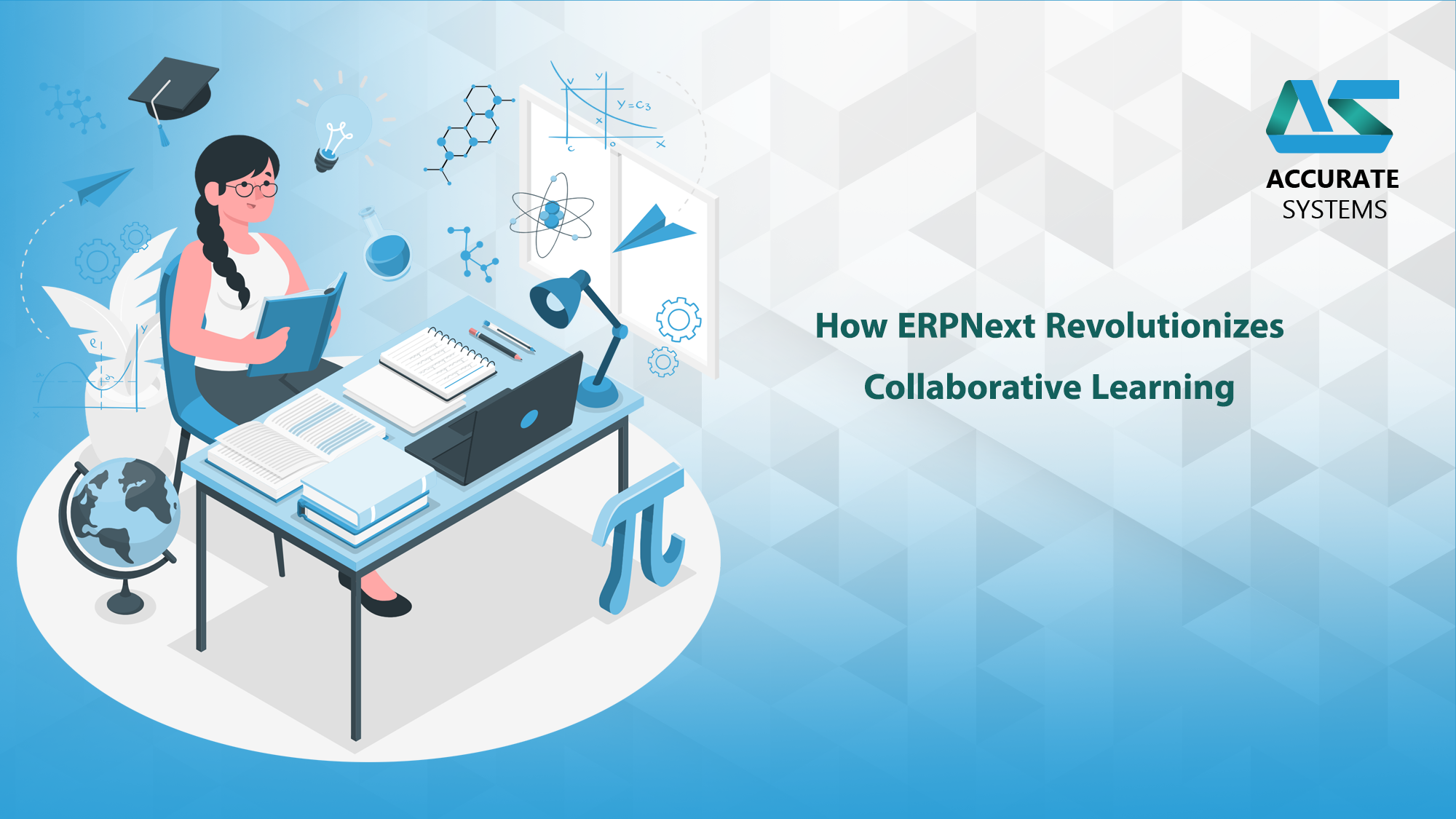Collaborative learning is transforming the way organizations enhance productivity and teamwork. This educational approach emphasizes shared goals, interaction, and mutual accountability, making it essential for modern businesses. By integrating Enterprise Resource Planning (ERP) systems, particularly ERPNext, companies can elevate their collaborative learning strategies to drive innovation and growth. In this article, we will explore the fundamentals of collaborative learning and how ERPNext plays a pivotal role in its implementation.
What is Collaborative Learning?
Collaborative learning is an approach where individuals work together to achieve shared objectives. Unlike traditional methods focused on individual achievements, this strategy thrives on teamwork and the exchange of diverse perspectives. Key features of collaborative learning include:
- Shared Goals: Teams align efforts towards common objectives.
- Interdependence: Success relies on collective contributions.
- Accountability: Every participant has a defined role and responsibilities.
- Regular Interaction: Frequent communication enhances understanding.
- Continuous Improvement: Teams reflect and optimize processes.
Collaborative learning fosters creativity, strengthens team cohesion, and aligns everyone towards the organization’s vision.
How ERP Systems Support Collaborative Learning
ERP systems are designed to integrate and streamline business processes, making them ideal for fostering collaborative learning. These systems centralize resources, facilitate communication, and track progress, ensuring seamless teamwork. Here’s how ERP solutions enhance collaborative learning:
- Centralized Data Access: ERP platforms provide a unified database where teams can access accurate and updated information.
- Real-Time Collaboration: Shared dashboards and live updates ensure teams stay informed and connected.
- Task Management Tools: Assigning and tracking tasks becomes more efficient, enhancing transparency and accountability.
- Performance Metrics: ERP analytics help assess the impact of collaborative efforts.
- Learning Integration: Many ERP systems integrate with Learning Management Systems (LMS), creating a holistic learning ecosystem.
Why ERPNext is Ideal for Collaborative Learning
ERPNext is a leading open-source ERP solution that excels in supporting collaborative learning. Its robust features, flexibility, and user-friendly interface make it a preferred choice for organizations aiming to boost teamwork and knowledge sharing.
Top Features of ERPNext for Collaborative Learning
- Document Management: ERPNext’s centralized system allows teams to upload, share, and collaborate on documents, with version control ensuring everyone works on the latest files.
- Task and Project Management: Efficiently manage tasks with features like Gantt charts, Kanban boards, and automated notifications.
- Real-Time Communication: The integrated chat system enables instant communication, reducing delays and fostering collaboration.
- Knowledge Base: Create a shared repository of insights, resources, and best practices for continuous learning.
- Custom Workflows: Tailor workflows to align with specific collaborative learning processes.
- Employee Training Modules: Manage training sessions, assessments, and progress tracking seamlessly.
- Performance Evaluation: Use built-in tools to review team contributions and identify areas for improvement.
Real-World Applications of ERPNext in Collaborative Learning
- Employee Onboarding: ERPNext simplifies onboarding by providing new hires with structured training materials and task assignments.
- Cross-Functional Projects: Teams from different departments can collaborate effectively using project management tools within ERPNext.
- Continuous Professional Development (CPD): Monitor employee training progress and offer tailored learning modules to enhance skills.
- Remote Collaboration: Cloud-based access ensures teams can collaborate regardless of their location.
Benefits of Using ERPNext for Collaborative Learning
- Streamlined Communication: Instant updates and centralized communication tools enhance teamwork.
- Higher Productivity: Automated workflows and centralized data save time and reduce redundancy.
- Data-Driven Decisions: Real-time analytics provide actionable insights.
- Improved Engagement: Collaborative environments foster employee satisfaction and motivation.
- Scalability: ERPNext’s modular design adapts to growing organizational needs.
Optimized for SEO
To ensure this content ranks well on search engines, we incorporated key phrases like “collaborative learning,” “ERP systems,” and “ERPNext.” The article is structured with clear headings, concise paragraphs, and strategically placed keywords to improve readability and search engine visibility. By targeting relevant terms, this piece aims to attract readers interested in ERP solutions and collaborative learning strategies.
Conclusion
Collaborative learning is essential for modern organizations seeking innovation and efficiency. ERP systems, especially ERPNext, provide the tools needed to streamline this process, from centralized resource management to real-time communication. By leveraging ERPNext, businesses can foster a culture of teamwork, continuous learning, and sustained growth. Implement ERPNext today to unlock the full potential of collaborative learning in your organization.


